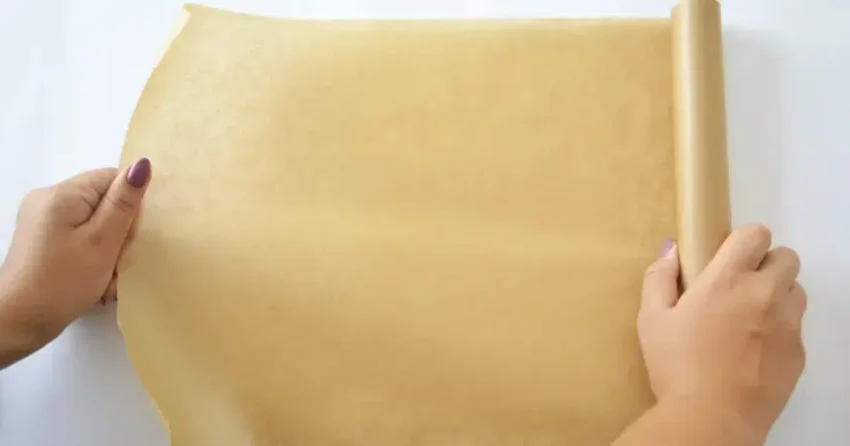Think Twice Before Cooking With Parchment Paper: Safety Tips & Alternatives
Parchment paper is a kitchen staple for baking and roasting, but it’s not always the best (or safest) choice. Here’s what you need to know before using it again.
⚠️ When to Avoid Parchment Paper
1. High-Heat Cooking (Above 420°F / 215°C)
-
Most parchment paper is rated for up to 420–450°F (check the box). Beyond that, it can:
-
Smoke or burn, releasing harmful fumes.
-
Ignite if touching oven heating elements.
-
-
Better option: For high-heat roasting (like pizza at 500°F), use a bare baking sheet or aluminum foil (dull side up).
2. Under the Broiler
-
The intense direct heat can cause parchment to catch fire.
-
Better option: Use a broiler-safe pan or foil.
3. Non-Stick Cooking Spray + Parchment
-
Spraying oil on parchment can break down its coating, making it stick.
-
Better option: Lightly grease the pan first, then add parchment.
4. Acidic or Salty Foods
-
Lemon juice, tomatoes, or heavy salt can degrade the paper, causing it to disintegrate.
-
Better option: For citrusy dishes, try a silicone baking mat.
✅ Safe Uses for Parchment Paper
✔ Baking cookies (prevents spreading).
✔ Roasting veggies (below 420°F).
✔ Lining cake pans (easy cleanup).
🔥 Parchment vs. Wax Paper: Don’t Mix Them Up!
-
Wax paper has a wax coating that melts in the oven—never use it for baking.
-
Parchment paper is coated with silicone, making it heat-resistant.
Eco-Friendly Alternatives
♻ Silicone baking mats (reusable, up to 480°F).
♻ Ungreased stainless steel or cast iron (for high-heat searing).
♻ Compostable parchment (look for unbleached, chlorine-free brands).
The Bottom Line
Parchment paper is great for low-to-medium-heat cooking, but for high heat or broiling, skip it. Always check the manufacturer’s temperature limits, and never let it touch open flames.
Safety first—happy cooking! 🔍🍳
